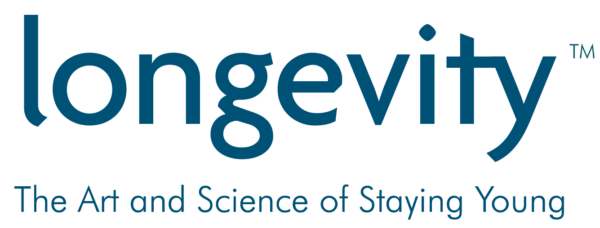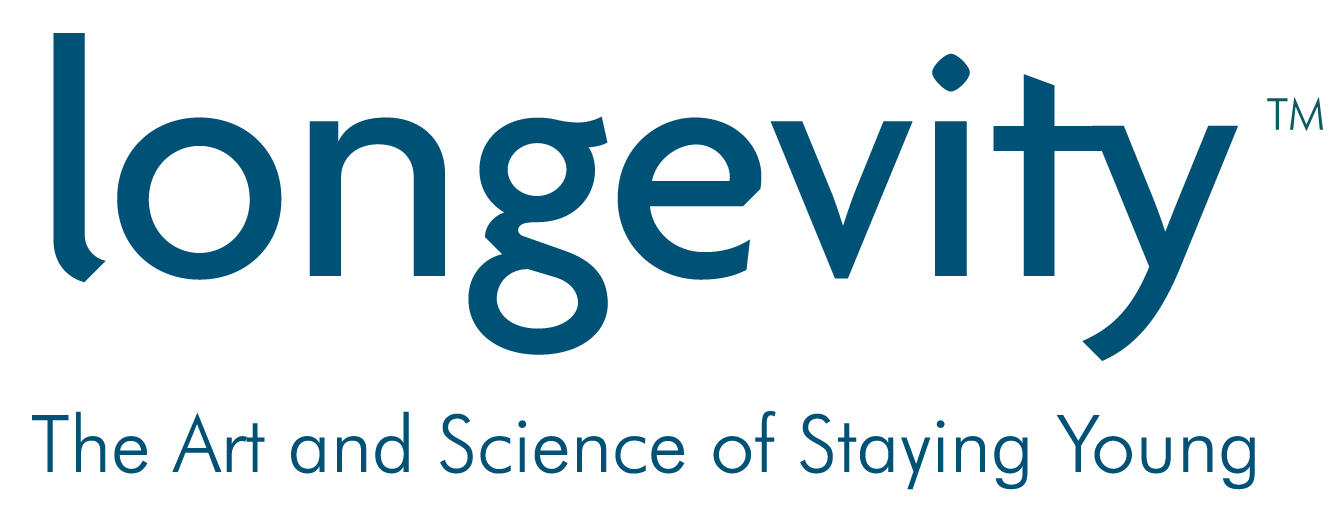The sophrology method may well be one of Europe’s best-kept secrets. It’s described by the International Sophrology Federation as “a series of easy physical and mental exercises, created specifically to provide a holistic method to manage the speed and stress of modern life.” Sophrology is used by everyone from CEOs to athletes and is gaining in popularity worldwide. So how can it fit into your life?
Created by a Neuro-Psychiatrist
Well to start, sophrology is not new. It originated back in 1960s when Spanish neuro-psychiatrist Professor Alfonso Caycedo worked with depressed and traumatized patients. He wanted to find effective, non-pharmacological therapies to reduce his patient’s reliance on drugs and psychiatric treatments.
Japanese Zen, Buddhism, and Yoga
He started exploring how to alter stress and levels of human consciousness. This involved all forms of what were then considered pretty alternative treatments. In order to better equip himself, he studied hypnosis, phenomenology, and Western relaxation techniques. Also, yoga and Japanese Zen in Japan. He traveled to India, met the Dalai Lama, and went on to study Buddhism. Caycedo believed the Western mind should make use of Eastern methods. But practically and without religion or philosophy.
Olympic Results
The idea of sophrology was born. A healthcare philosophy made up of very practical physical and mental exercises which produce a clear and alert mind in a relaxed body.
Caycedo shared the method at scientific conferences throughout Europe with growing interest. Sophrology was soon adopted by Dr. Raymond Abrezol in Switzerland. Abrezol used it to help a friend improve his tennis game and then another with his ski performance. He was so effective that it became more widely known. Abrezol was asked to help prepare the Olympic ski team for the 1968 Grenoble Olympics. Three of them ended up on the podium. He began coaching more skiers and then other athletes in sports like golf and boxing. Over the years, his work produced over 200 Olympic medals.

The Science Behind The Sophrology Method
Given this success, more medical practitioners became aware of sophrology. Soon it spread outside medical circles into other areas. Today it’s used in the prevention of illness and promotion of health in the corporate world, as well as education, childbirth, sleep clinics, the arts, and other fields.
You’ll find at least 105 published research papers on sophrology in PubMed. Most deal with the application of sophrology for various types of medical and psychosomatic ailments. From the range of research available, it is safe to say that sophrology has become a recognized medical therapy in Western Europe.
8 Ways The Sophrology Method Can Improve Your Sport, Work, and Life
- In sports to improve focus and performance
- Improve confidence and self-motivation
- In business to manage stress and burnout
- To relieve body and mind tension
- Improving public speaking and interview preparation
- Among the artists to boost creativity
- In education for concentration and exam preparation
- It is also used by medical practitioners to complement treatments for depression and anxiety

So how does it work?
Florence Parot is the founder of The Sophrology Academy and author of the book The Sophrology Method. She’s also an expert in stress and sleeps management, burnout, and performance. In her book, Parot explains that sophrology is about having a non-judgemental attitude. You have to look at things as “neutrally” as possible, without using your previous knowledge or experience. “We want to see the world with a child’s mind as if for the first time, listening to how we feel with no judgment or expectations.”
It’s about learning to see things as much as possible, as they really are, accepting the surrounding reality. Accepting other people as they are, without ready-made assumptions.
“In Sophrology, whatever you are experiencing is okay. You are allowed to feel what you are feeling. Keep an open mind, avoid pre-judging and being present to whatever is around you, start in the sophrology exercises that you can apply to everyday life.”
How Does The Sophrology Method Compare To Mindfulness?
While it shares many similarities with and benefits of mindfulness and meditation, sophrology’s power lies within the unique way the technique connects the body and mind together to affect balance and change.
She says you tap into the awareness of both “to transform your state of consciousness and access your vital energy and most effective state of being. In a state of dynamic relaxation.”
A sophrologist will show you how to use simple breathing techniques, gentle movements, and visualizations to allow you to explore your sensations. Take note of your perception and develop your awareness.

Photo by aymyogaschool from Pexels
How Sophrology differs from other therapies
The Sophrology Method explains the differences here:
- Sophrology is not yoga. All you need to practice is a chair and the voice of a guide.
- Its clear guided exercises allow you to start practicing and feeling the effects straight away.
- It is adaptable to all styles of living, all levels of health, and all schedules — you can complete the exercises at home or on public transit (or even hidden in the loo before an important meeting!).
- It’s an easy way into meditation-type techniques. In a busy life, a lot of people find it hard to sit still and meditate.
- Sophrology’s simple step-by-step approach adapts to different needs and abilities so that everyone can access a meditative state and enjoy the benefits.
- Its practice will support you to overcome stress and help you find calm, positivity, and greater awareness in your daily life. It teaches you to live more in the present moment.
- However, it also helps you to transform your relationship with your future and your past.

Complementing Modern Living
Sophrology doesn’t ask you to unburden yourself of past issues, relationship problems, or difficult histories. You can find your inner peace without analysis or deep examination. It also:
- Complements other physical and psychological therapies, such as osteopathy, yoga, or psychotherapy, and allows you to accelerate your progress and deepen your experience.
- There’s no spiritual connection or association necessary for sophrology — it is purely your own journey; you are not asked to work on any spiritual practice.
12 Levels of Practice
Sophrology isn’t something you can master in a matter of minutes. There are 12 levels of the practice, each administered by a guide called a sophrologist.
For example, the first one is similar to a body scan. You move down the body and breathe into the areas where you’re holding the most tension. The second is more mental. Using some elements of visualization. The third brings awareness to the body and the mind together, while the fourth is all about identifying your personal values.
Bottom Line
The sophrology method is typically more goal-oriented than other mind-body practices you might already have tried.
It teaches you a set of exercises and practices that you can use at any time and in any place to help you deal with what life throws at you.
People also use the practice to get to a place where they can subconsciously tackle different fears and phobias. Athletes will often call on them before a big game, and it’s used for general burnout too.
The idea is that you regain the power to be in control of your own life. So at the moment, you’re anxious about, you can perform to the best of your ability.
How To Find a Therapist?
France, for example, loves sophrology: It’s taught in schools, and midwives administer it to help with birth since when you’re in a relaxed state of mind, your body can heal faster. It’s also commonly used in hospitals, sleep centers, and therapists’ offices.
Since sophrologists in America and outside of Europe are limited, you may have to use a Sophrologist’s audio recording or find a therapist online. There are several resources available online, also books to read and audio to listen to.
Visit the International Federation of Sophrologists website to find a therapist in your country. The IFS has strict guidelines around membership to ensure professionalism and credibility. The members listed must:
- Be a certified Sophrologist from a recognized school
- To be able to give sophrology sessions in English
- To be accepted by the governing body of the ISF
References:
- Sophrology: International Federation of Sophrologists. https://sophrologyinternational.org/sophrology/
- About Professor Alfonso Caycedo Be-sophro. https://be-sophro.com/alfonso-caycedo-founder-of-sophrology/
- Dr. Raymond Abrezol. l’Académie de Sophrologie de Paris: https://www.sophro-formation.org/sophrologie/raymond-abrezol/
- Search Results for Sophrology: 0-105 US National Library of Medicine and National Institutes of Health: PuBMed :: US National Library of Medicine National Institutes of Health
-
Four decades of Sophrology and Its Scientific Status: Rakesh Pandey. Indian Journal of Social Science ResearchVol. 6, No. 1, March, 2009, pp. 1-3https://www.researchgate.net/publication/224922481_Four_Decades_of_Sophrology_and_its_Scientific_Status
- Florence Parot: https://florence-parot.co.uk/
- The Sophrology Method:
- About Dominique Antiglio. Be-sophro: https://be-sophro.com/
- Sophrology Is Set To Be The Next Big Wellness Trend, But What Is It? Suzanne Harrington Refinery 29: https://www.refinery29.com/en-gb/what-is-sophrology/
- Find a registered therapist near you. International Federation of Sophrology. https://sophrologyinternational.org/find-a-sophrologist/






![women [longevity live]](https://longevitylive.com/wp-content/uploads/2020/01/photo-of-women-walking-down-the-street-1116984-100x100.jpg)










